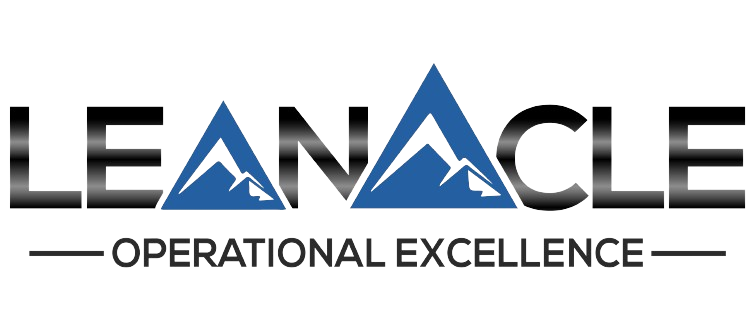When we first met with a respected SME automotive manufacturer, we proposed a bold idea: generating substantial productivity savings through lean initiatives led by employees on the shop floor. Their response? Skepticism. They believed only their elite departments—engineering, quality, and management—could create significant cost savings. Shop-floor employees, in their eyes, didn’t have the insight needed to make meaningful contributions.
“True productivity gains come from the ground up—especially from those closest to the work.”
What this manufacturer had overlooked was a fundamental principle of Total Productive Maintenance (TPM) and lean manufacturing: those closest to the machines often have the best ideas for improvement. Here’s how we transformed their Kaizen process, empowering shop-floor workers to unlock over $1.4M in productivity savings and creating a more engaged, motivated workforce in the process.
The Challenge: Moving Beyond the Traditional Approach
This company already had a Kaizen system in place, but it was limited. Only employees from engineering, quality, and management were contributing to Kaizen projects. While they had some success, they were missing out on the invaluable insights of those working directly with the equipment every day.
“The most impactful ideas often come from those who live and breathe the process daily.”
Recognizing this gap, we suggested expanding Kaizen participation to include shop-floor employees—the people who are closest to the machines and who encounter inefficiencies firsthand. To make this happen, we implemented a Kaizen monitoring system that invited shop-floor workers to share their ideas and identify improvement opportunities. But the shift wasn’t instant; initial engagement was low, and shop-floor employees were hesitant to participate in a process traditionally reserved for elite departments.
Building Engagement: Creative Events to Spark Participation
To drive engagement, we knew we had to break down barriers and show the shop-floor team that their ideas were not only welcome but essential. We organized a series of hands-on events designed to empower them to identify inefficiencies and suggest solutions. Two events, in particular, made a significant impact:
1. Instruction Insight Hunt: In this event, employees identified gaps or inaccuracies in work instructions and processes that created confusion or inefficiencies. By involving them directly, they felt ownership over the improvements, and this experience highlighted their role as experts in the day-to-day operations.
2. Movement Challenge: Here, we encouraged employees to brainstorm ways to bring certain subcontracted processes in-house. By identifying tasks that could be done locally, they not only cut costs but also created a more agile, self-sufficient production environment. This event got employees thinking creatively about how their daily routines could generate significant savings.
“Empowering employees to be problem-solvers taps into their creativity and commitment.”
The Results: $1.4M in Implemented Savings and $0.5M Projected Savings for Next Year
As employees became more engaged in the Kaizen process, they began identifying and implementing improvements that led to tangible savings. By the end of the year, these changes had generated over $1.4M in productivity savings, with an additional $0.5M already forecasted for the coming year.
The financial impact was significant, but an equally valuable outcome was the cultural shift on the shop floor. Employees became more engaged, motivated, and invested in the company’s success, knowing their insights could drive real change.
The Takeaway: Empowering the Workforce Creates Lasting Change
This project reinforced a powerful truth: real productivity gains happen when everyone, especially those on the shop floor, feels empowered to contribute. By expanding the Kaizen process to include these essential voices, we unlocked savings that were previously unimaginable—and created a culture of ownership and engagement that continues to benefit the company.
“When you tap into the knowledge of your whole team, you unleash potential that no single department can match.”
Today, this SME manufacturer is a case study in what happens when leaders trust their employees to lead improvement. Their success is a reminder that the best solutions aren’t always found in boardrooms or technical departments; they’re often waiting on the shop floor, where people who know the machines best have the insights needed to transform productivity.
